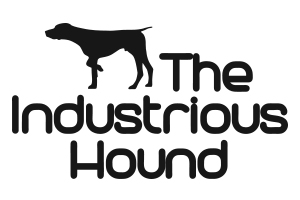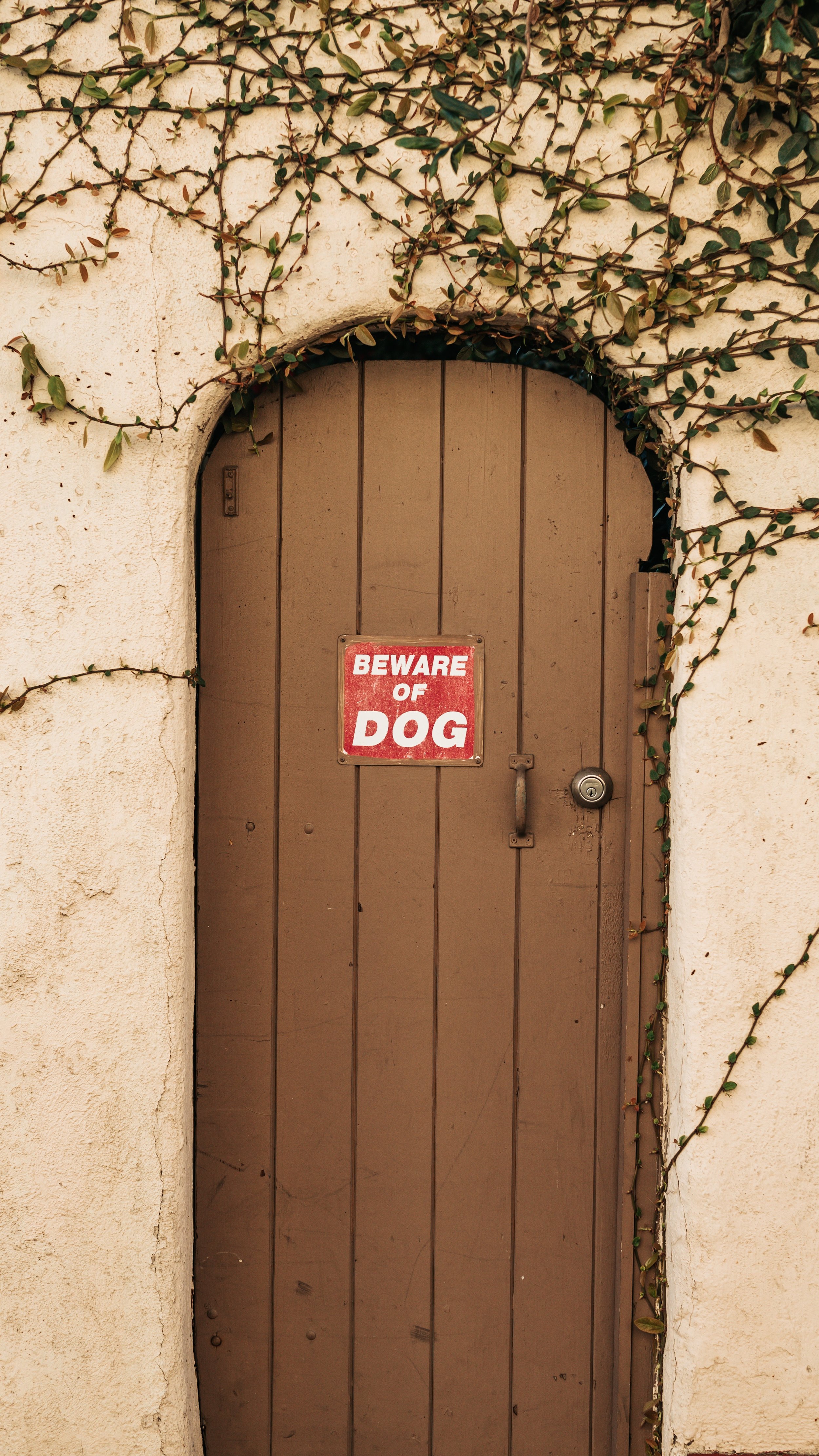Your dog is not 'protecting' you.
Does your dog bark at the slightest noise? Perhaps a person walking past the house? Another dog walking by? A knock at the door? Does you dog act 'aggressively' (quote marks used on purpose) towards people or dogs, cyclists....?
Some people justify this behaviour with 'he's protecting me'.
What makes a protection dog?
Protection dogs are bred and selected for solid character, not for flighty nervousness and unpredictability.
A dog that is used for protection is highly trained, and so is the handler. A good protective dog does not fly off the handle unpredictably at things that are not in any case a threat. Instead, these dogs are instructed to behave in a given way - it is behaviour that is purposefully, thoughtfully and intelligently created.
What is my dog doing?
If your dog barks at the slightest sound or perhaps acts 'aggressively' towards others, it is not 'protecting' you - it is acting out of fear, anxiety and stress. Your dog is living in an almost permanent state of alert. If your dog is 'clingy' or 'protecting' a child, for example - he is not 'protecting' that child, he is guarding what he considers a resource.
It means you have a potentially dangerous, dysfunctional social structure.
Your dog neither has the skills, knowledge or judgement to know what is a threat or not. That's your job. Your job is to be in charge.
At best, a bark is an alarm. But like any alarm, someone more competent is being called to respond appropriately. In almost every conceivable circumstance for your dog, the response is 'nothing to see here, stand down. I can handle this.'
How we react to anxiety and fear
We are all different. Like us, dogs have different personalities, and different strengths and weaknesses. Some more likely to be nervous, others less.
Like us, some dogs cower and hide at or avoid something new or surprising. Others act with bravado to make this scary thing go away by acting horribly. It's a modus operandi that works. At least enough of the time.
When your dog looks to you for guidance, do you convey calm, confident knowledge and sound judgement? Or, in the dog's eyes at least, do you fall to pieces and push the dog to the front?
Your dog’s behaviour didn’t happen over night, but with time, patience and consistent effort you can both begin to live free of fear.
The answer lies in how you behave, and how you react and communicate with your dog when they look to you for guidance.
When the doorbell goes, your dog is startled, barks and scampers to the door. Well-intended, you respond - you talk, you might pick him up, you might even shout 'SHUT UP!'
But all the dog understands is his alarm was justified. After all, if there were nothing to fear, other pack members would do nothing.
Now you think your dog is 'protecting' you.
Take control
Your job as a dog owner is to be the most effective and competent dog in the dynamic social structure.
When you have this role, your dog can trust your judgement and relax, knowing another member of the group is in charge and knows what to do in new situations.
Learn to communicate in way that is meaningful for your dog, and adjust your behaviour and your interactions to allow your dog to let go of stress and anxiety no matter how it manifests.
Humans and dogs communicate differently.
You can quickly and effectively show your credentials when you set aside human ways of communicating and become aware of your own behaviour and its effect on your dog.
When humans project human thoughts and behaviours on their dogs, things go wrong. Your dog can't communicate like you, but you can learn to communicate like your dog.
Humans can be verbal. Humans can explain and rationalise with each other. Humans can reason in a sophisticated way that is different from how dogs communicate.
Combining simple and practical techniques for effectively leading your pack can approximate how dogs communicate.
By approximating this language you can begin to eliminate the association between an event and the fearful response that you have up til now thought was 'protective'.
Create neutral or positive associations, and adjust your behaviour.
A DOG APPROACHES! The doorbell rings!! The jogger passes! Your dog may well frantically bark and act up.
The event was as eventful as bird song. Nothing to see here!
Carry on as though nothing were happening. Nothing is happening! Walk around the house, make a cup of tea, read a magazine, don't tighten the lead, don't speak, keep walking along the street...
You can begin to break the association between an event and a fear response by responding neutrally or positively when the event occurs. Learn how you reward without even knowing it.
Combined with adjusting your own behaviour, you can begin to dissociate events with the inappropriate and fear-based response. For example, you might repeatedly come and go through the front door, or hang out where there are bound to be lots of cyclists or joggers.
Try offering a high value reward when the event occurs. But if your dog’s anxiety is high (behaving 'protectively'), he is unlikely to want to eat, so if he refuses the reward, that’s fine. A neutral response is as meaningful as a 'positive' response.
If you need help unravelling this knot, get in touch!

